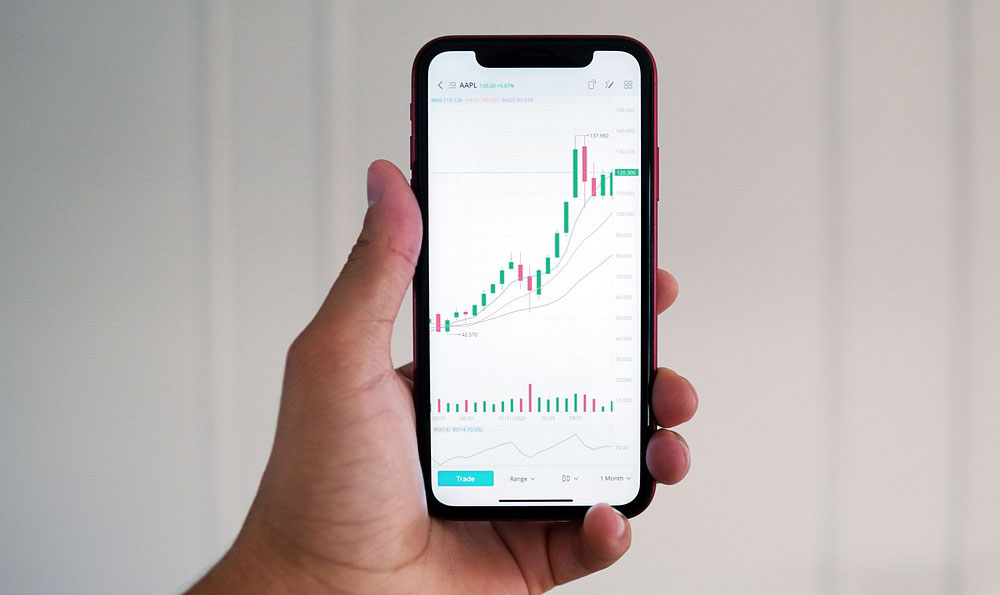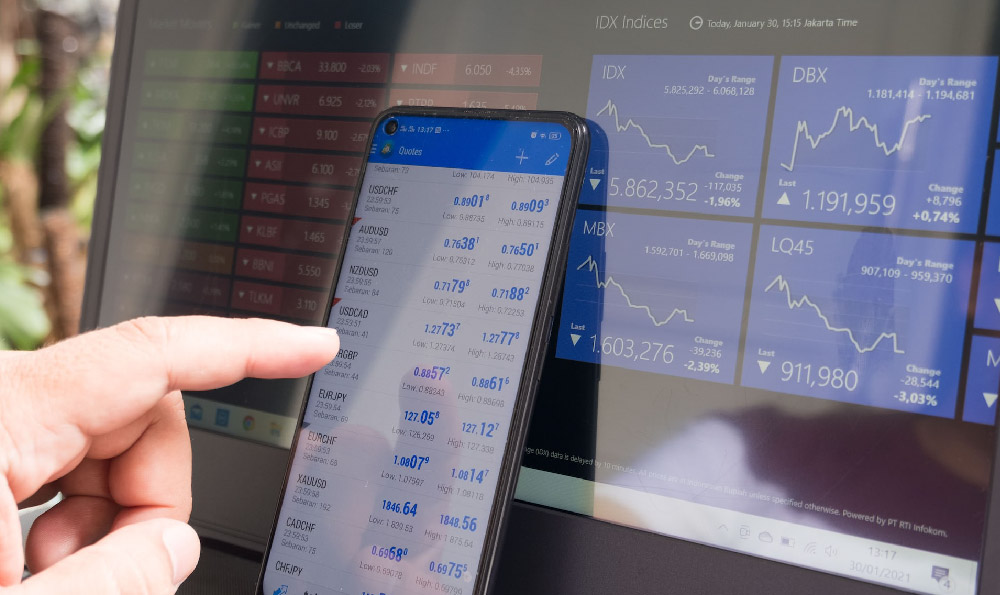Uber Eats, as one of Uber's most significant ventures beyond ride-hailing, has carved out a unique position in the food delivery market by leveraging its existing infrastructure and technological capabilities. The platform operates as a digital marketplace, connecting consumers with local restaurants and food vendors, while also utilizing a network of delivery drivers to fulfill orders. This dual-layer model allows Uber Eats to generate revenue through multiple channels, each of which plays a crucial role in sustaining the service's profitability. Understanding these mechanisms requires examining the interplay between consumer behavior, merchant incentives, and operational efficiency, all of which are intricately designed to optimize financial returns.
At the core of Uber Eats' revenue strategy is the commission structure it imposes on participating restaurants. When a customer places an order, the platform typically retains a portion of the transaction, with the exact percentage varying based on factors such as the restaurant's size, the type of cuisine, and the geographic location. In many markets, this fee ranges between 15% and 30% of the total order value, but it is not a fixed rate. Uber often adjusts its commission dynamically to encourage restaurant participation, especially during periods of low demand or to stimulate growth in specific regions. This fee-based model creates a direct financial incentive for商家 to list their menus on the platform, as it allows them to reach a broader customer base without the overhead of maintaining their own delivery infrastructure.
In addition to commissions, Uber Eats generates revenue through its delivery fee structure. Customers have the option to pay for faster delivery times, which are priced higher than standard delivery. This pricing strategy not only increases the average order value but also allows the platform to differentiate between standard and premium delivery services. The delivery fees are further influenced by Uber's dynamic pricing algorithm, which considers real-time factors such as demand, distance, and traffic to adjust prices accordingly. By creating a tiered delivery model, Uber Eats can capture additional revenue while also ensuring that drivers are compensated fairly for their time and effort.

Another important revenue stream for Uber Eats is its advertising and marketing services. Restaurants can pay to promote their menus through targeted advertisements, special promotions, or featured placements within the app. Uber leverages its vast user data and analytics capabilities to provide merchants with insights into consumer preferences, enabling them to make data-driven decisions to enhance their offerings and marketing strategies. This data-driven approach not only benefits the restaurants but also creates a valuable revenue opportunity for Uber, as it can charge for access to detailed customer analytics and tailored marketing solutions.
Uber Eats also offers subscription-based services for both consumers and merchants. On the consumer side, the platform provides paid membership tiers that offer benefits such as exclusive deals, priority service, and early access to new features. These subscription models help increase customer retention while also generating a steady stream of recurring revenue. For merchants, Uber Eats provides tools and services that enable them to manage their operations more efficiently, such as order tracking, inventory management, and performance analytics. While these services are often offered for free, some high-traffic or high-demand restaurants may opt for premium versions that include additional support and features, paying a subscription fee for enhanced functionality.
The platform's revenue model is further supplemented by its partnership with Uber drivers. By integrating delivery services with its ride-hailing network, Uber Eats benefits from a pre-existing pool of drivers who are trained and equipped to handle deliveries. This integration reduces the need for Uber to invest heavily in developing its own delivery fleet, thereby lowering operational costs. However, Uber must also ensure that its drivers are adequately compensated for their work, which involves setting delivery fees that balance the needs of both drivers and customers. This delicate equilibrium is a critical component of Uber Eats' long-term profitability.
In recent years, Uber Eats has also explored new revenue streams, such as food safety certifications and sustainability initiatives. By providing these services to restaurants, Uber can charge additional fees for compliance with certain standards, thereby generating additional income. This approach not only benefits the platform financially but also enhances the credibility and appeal of its service to consumers who are increasingly concerned about food safety and environmental impact.
Ultimately, the success of Uber Eats' revenue model hinges on its ability to maintain a balance between profitability and user experience. By offering competitive pricing, flexible commission structures, and valuable services to both consumers and merchants, Uber Eats has created a sustainable business model that supports its growth in the food delivery market. As the platform continues to evolve, it will likely explore further innovations to enhance its revenue streams while also addressing the needs of its diverse user base.












